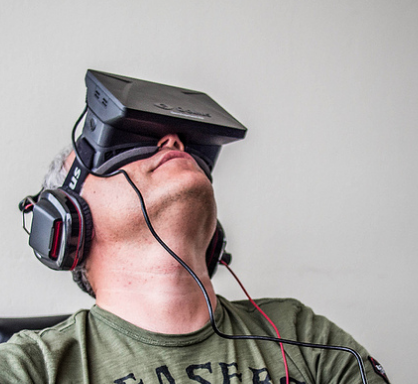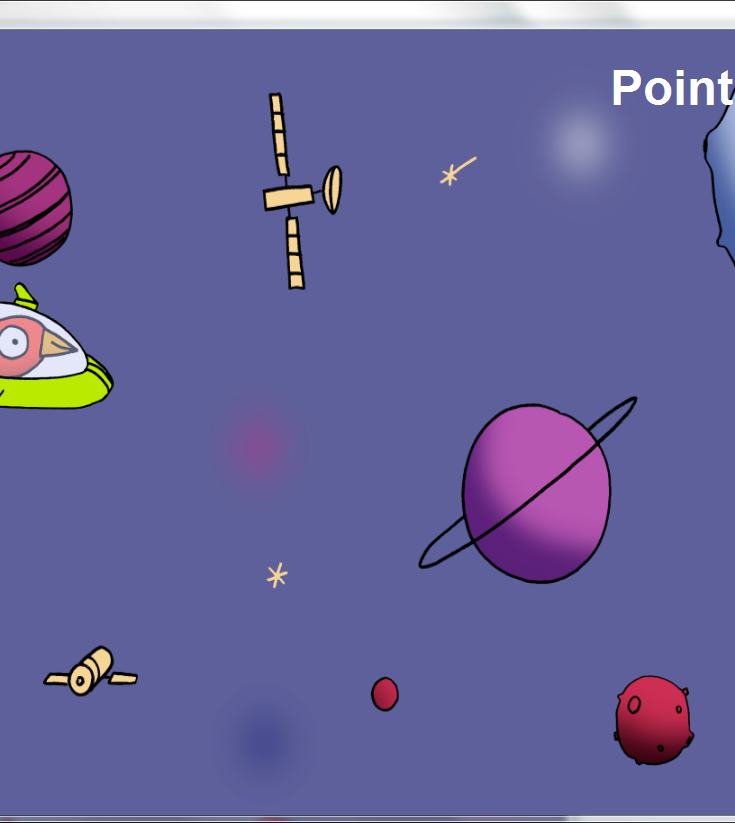High levels of inattention, impulsivity and hyperactivity in children can be the symptoms of attention deficit hyperactivity disorder (ADHD), the most common psychiatric disorder in children. ADHD appears in early childhood and its first line of treatment is often medication, generally drugs based on components such as amphetamines or amphetamine-class drugs that can induce numerous side effects.
Neurofeedback therapy offers new possibilities for the treatment of ADHD. Concentration, attention and impulsivity can be estimated from online EEG and displayed by means of a video game the patient is able to control based on their evolution. The goal of Neurofeedback training is to teach ADHD patients how to self-regulate these abnormal patterns while playing. Neurofeedback does not cause adverse side effects and can restore the child’s self-esteem more fully than a temporary drug effect can.
Neurofeedback games are designed to be simple, non-stimulating but at the same time engaging enough to motivate children to perform the training tasks. Current solutions are usually displayed on a computer screen placed in front of the patient in an environment with as little distractions as possible. As an example we can have a look at one of Neurosurfer’s games. In this game the space ship travels from left to right at a constant speed with its height mapped according to the measured ADHD levels. If ADHD levels are under the desired conditions the spaceship will move upwards, or otherwise downwards. The game presents auditory feedback and a points system.

The use of games inside virtual reality scenarios to be viewed using head-mounted displays and headphones opens new possibilities in neurofeedback game design. This scenario allows us to completely isolate the patient from the medical consultation room increasing his/her attention to training tasks and reducing distractions. In this sense, it is possible to generate an immersive 3D virtual environment where the patient is transported and provided with a sense of presence. Moreover, this technology opens the possibility of developing first person applications that will enhance the perception, motivation and engagement towards the training task.
Neuroelectrics is currently developing an ADHD neurofeedback game platform integrated with Neurosurfer and the Oculus Rift Virtual Reality headset, offering the possibility of having an immersive virtual 3D scenario for neurofeedback training.
Stay tuned in the next months for the first game’s release!

